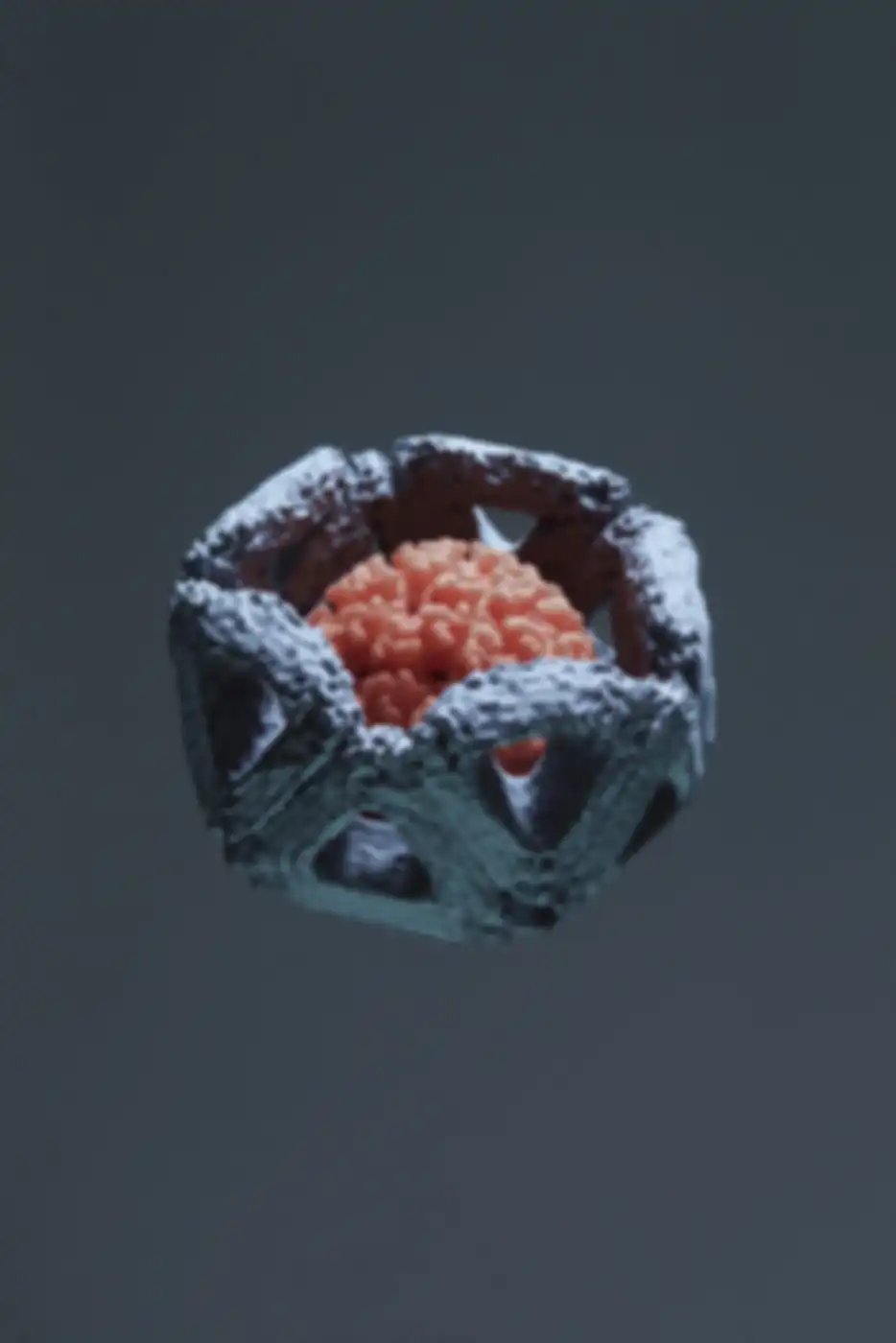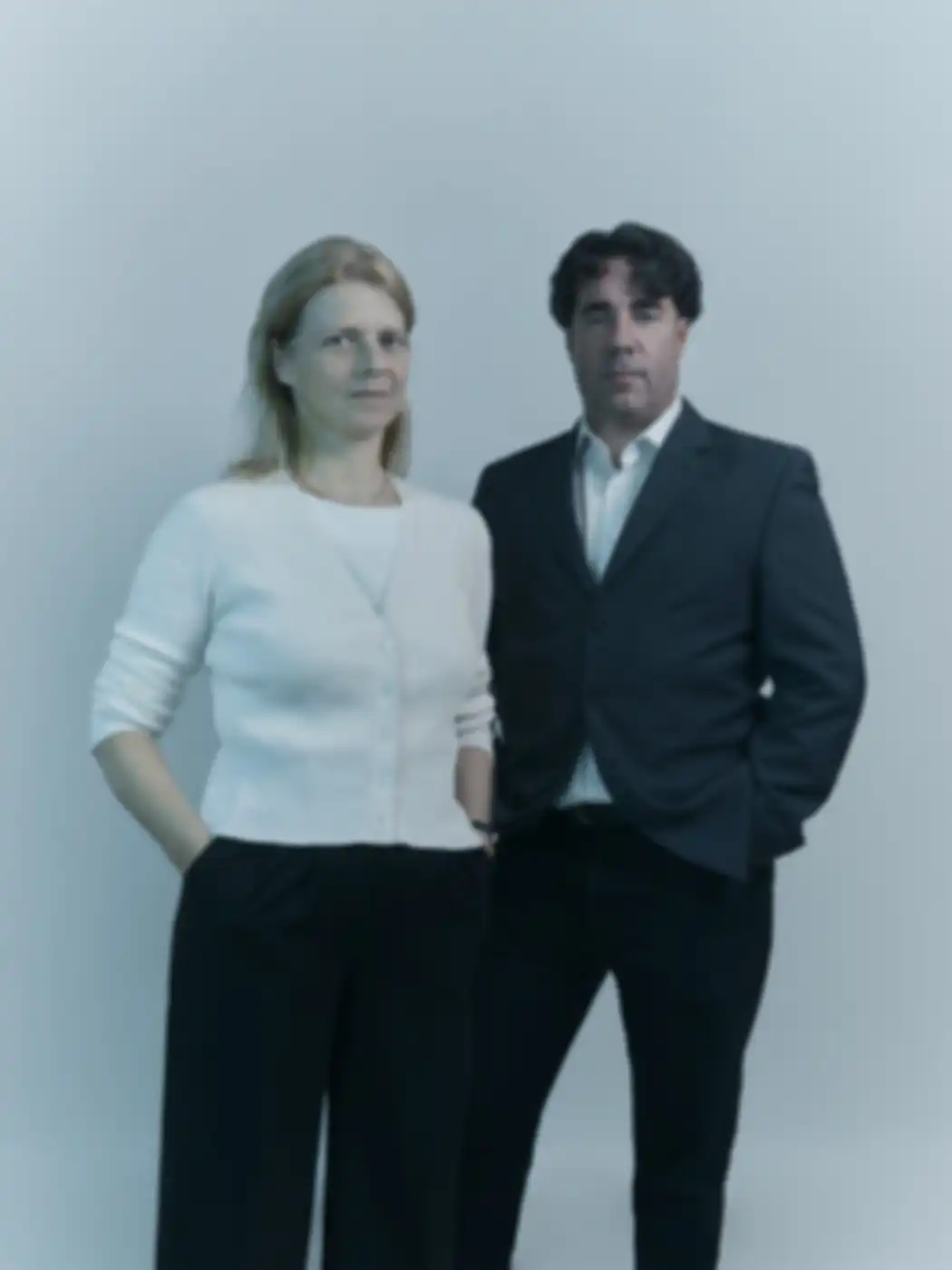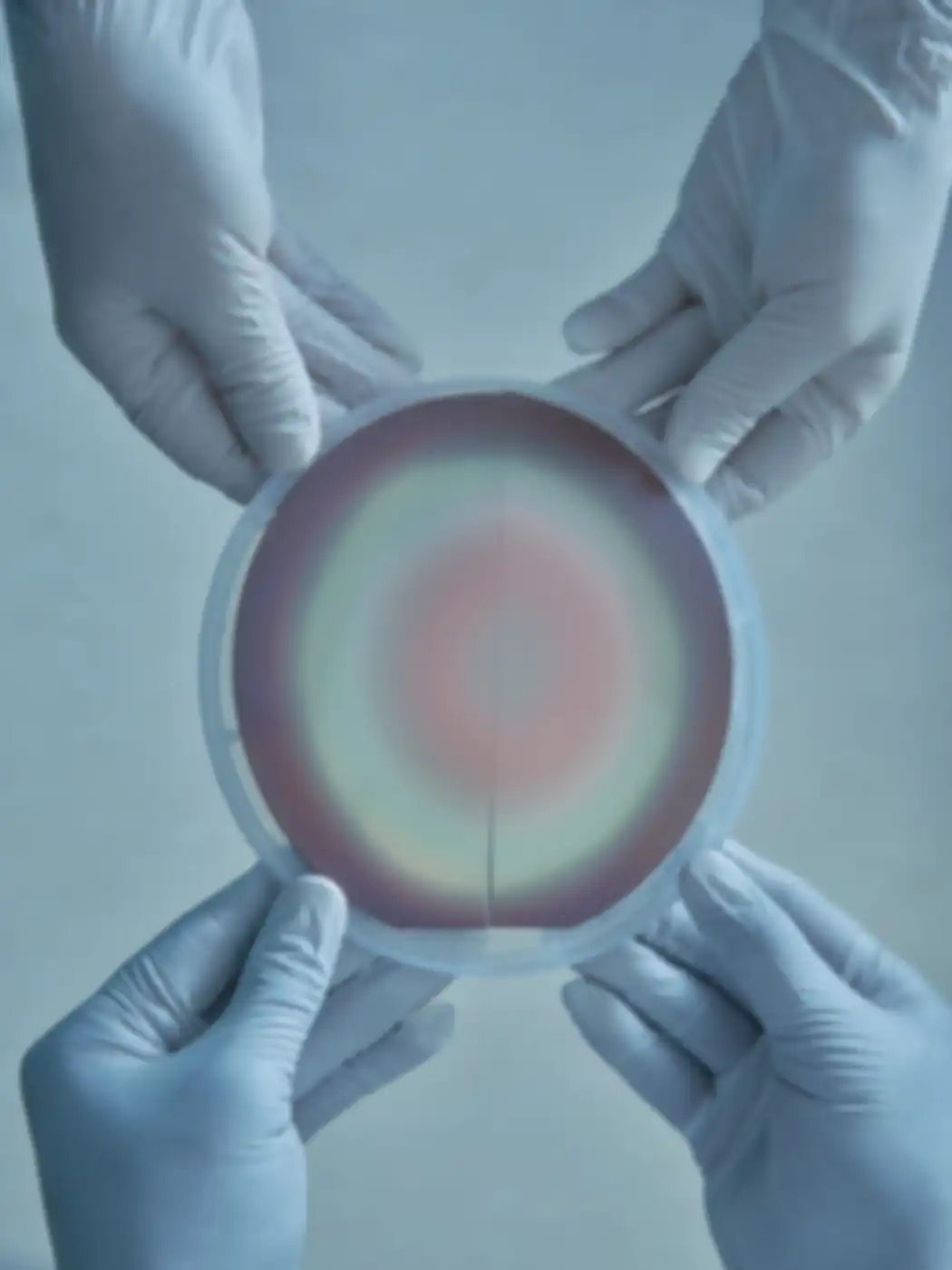Nanorobots in Cancer Therapy
Plectonic aspires to turn off
cancer with LOGIBODies
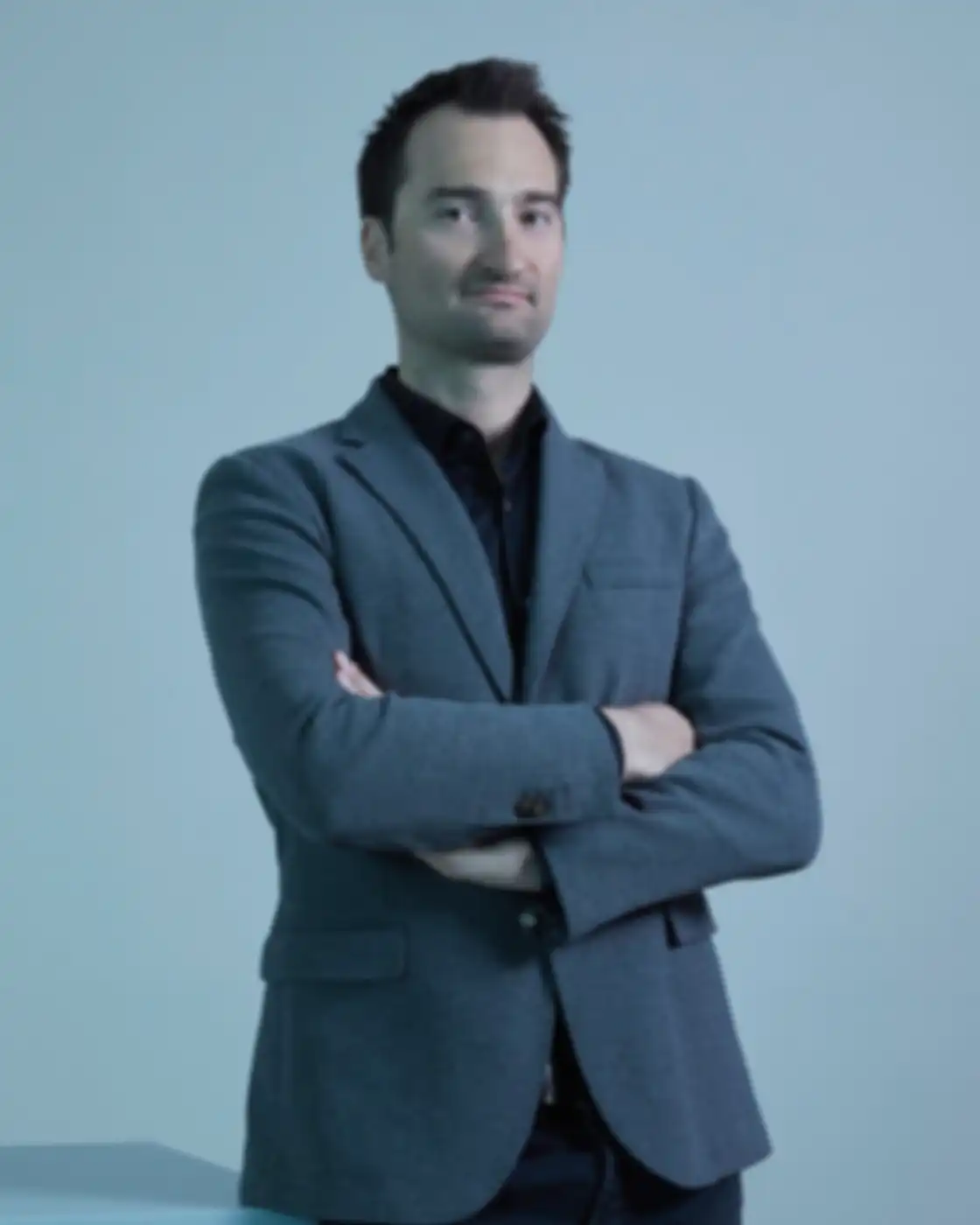
Preventing an enormous amount of illness and pain with an on-off switch.
That is the ambitious vision of physicists Dr. Klaus Wagenbauer and Dr. Jonas Funke and process engineer Dr. Benjamin Kick. The three founders of Plectonic are aspiring to make even better, more efficient use of the most powerful weapon in the fight against cancer: the immune system. We want to change cancer immunotherapies, making them both more effective and with fewer side effects,
says Wagenbauer, CEO of Plectonic. Turning your own immune system against cancer can do a lot. The immune system has already fought and lost once if cancer has developed. But reactivating it locally in a targeted way afterwards can be very promising.
To make this possible, the Plectonic team from Munich is equipping nanostructures with antibodies, and these constructed molecules can respond to an appropriate external signal. We are building a ‘switch’ that is large enough to accommodate different biomolecules and that can change its conformation when it recognizes a tumor cell,
explains Funke, who is leading the project as CSO in the scientific area. In this case, the switch is flipped ‘to shed light on’ previously hidden antibodies. In so doing, the body’s own immune cells can recognize these antibodies in order to recruit them to fight the cancer cells. Healthy cells will not activate the switch, meaning immune cells will ignore and spare healthy tissue.
Based on this if-then logic, the team named the antibody switch LOGIc-gated AntiBODY, or LOGIBODY for short.
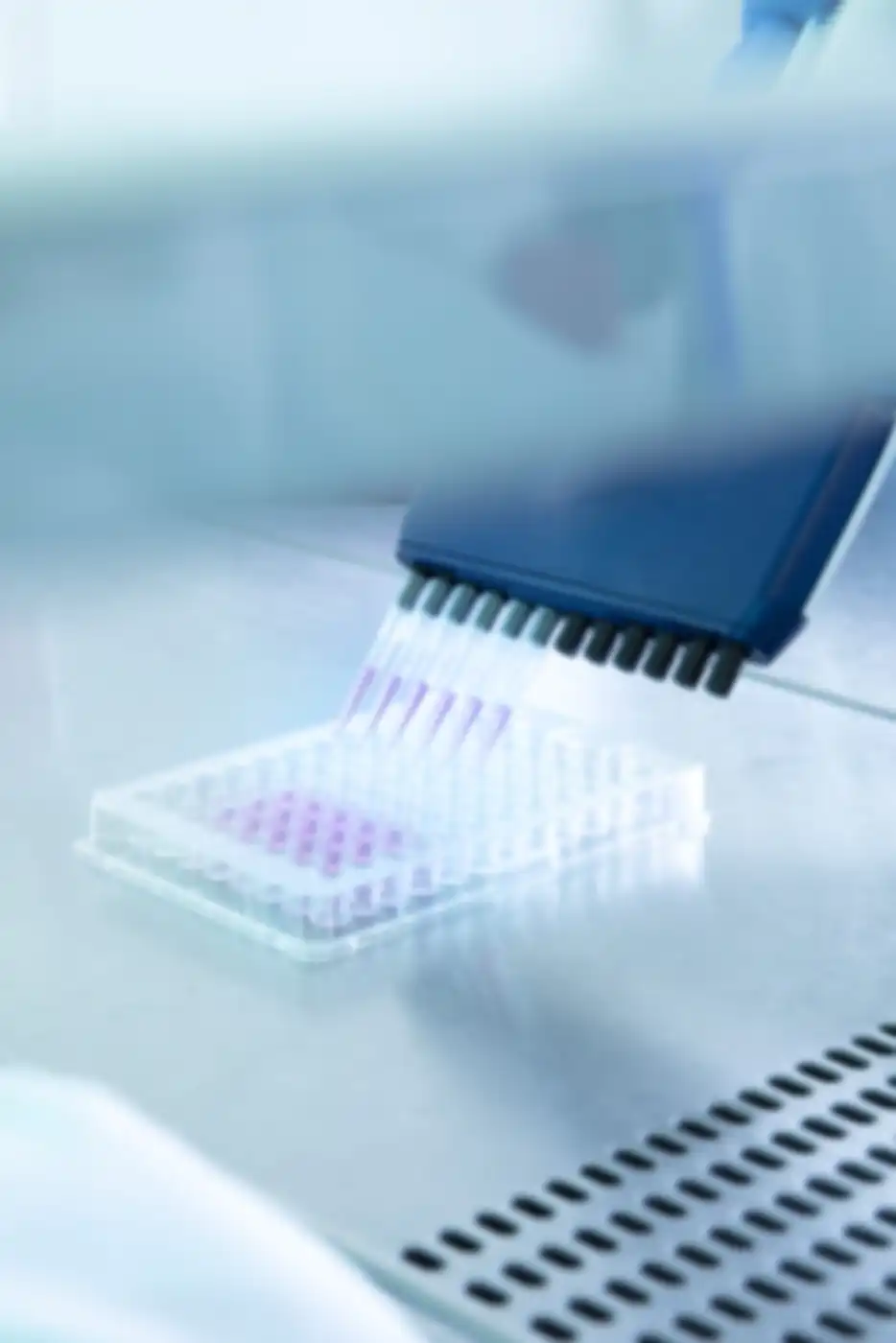
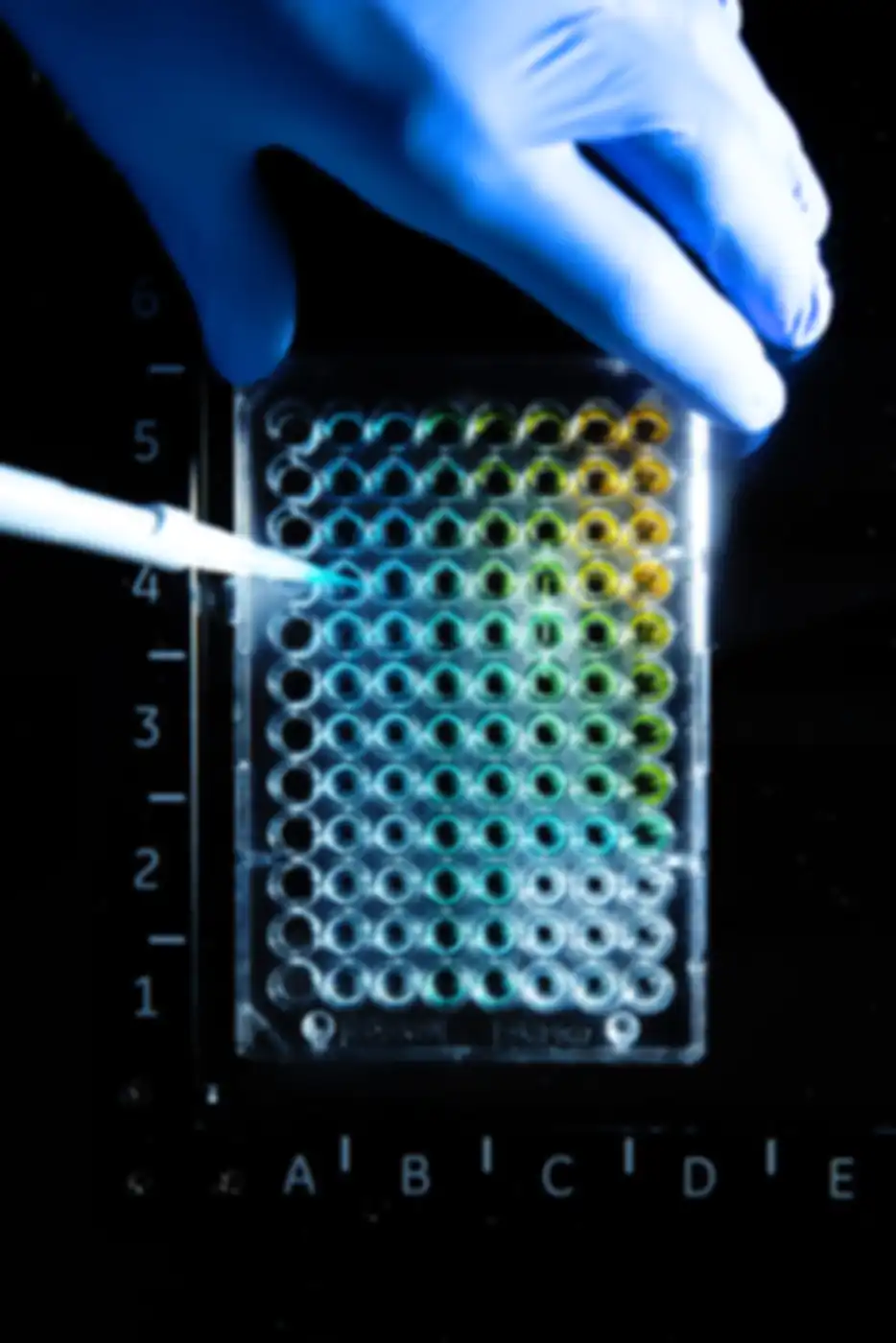
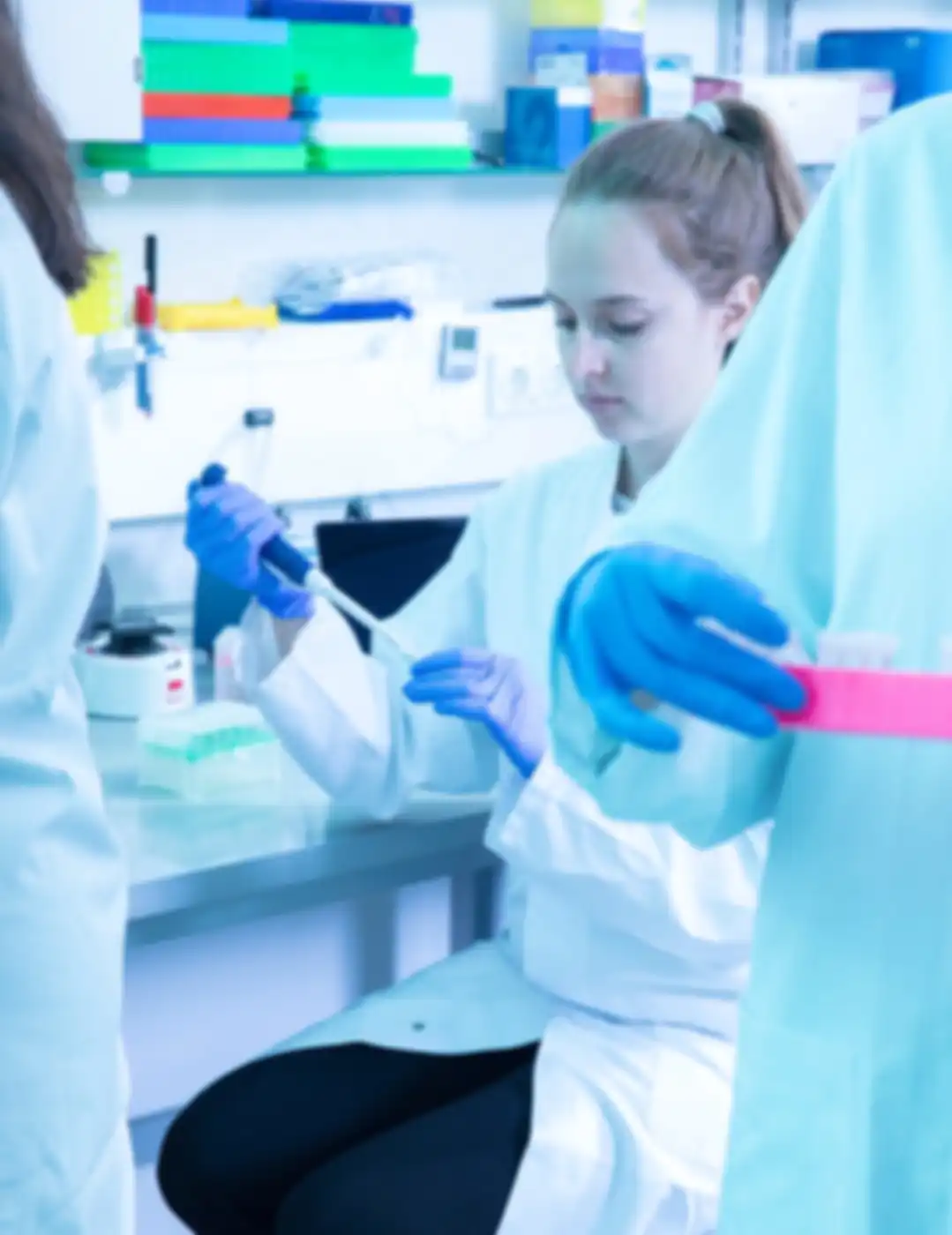
The LOGIBODY framework is constructed from DNA. In so doing, the research team draws on its years of experience with the DNA-Origami technology, which was significantly advanced at the Chair of Biomolecular Nanotechnology at the Technical University of Munich by Prof. Dr. Hendrik Dietz, who is also co-founder of Plectonic. In the process, DNA is used as a building material for the nanoscale tools. After nearly 15 years of fundamental research, the team has enough understanding about DNA origami to use it to develop highly specific anti-cancer agents.
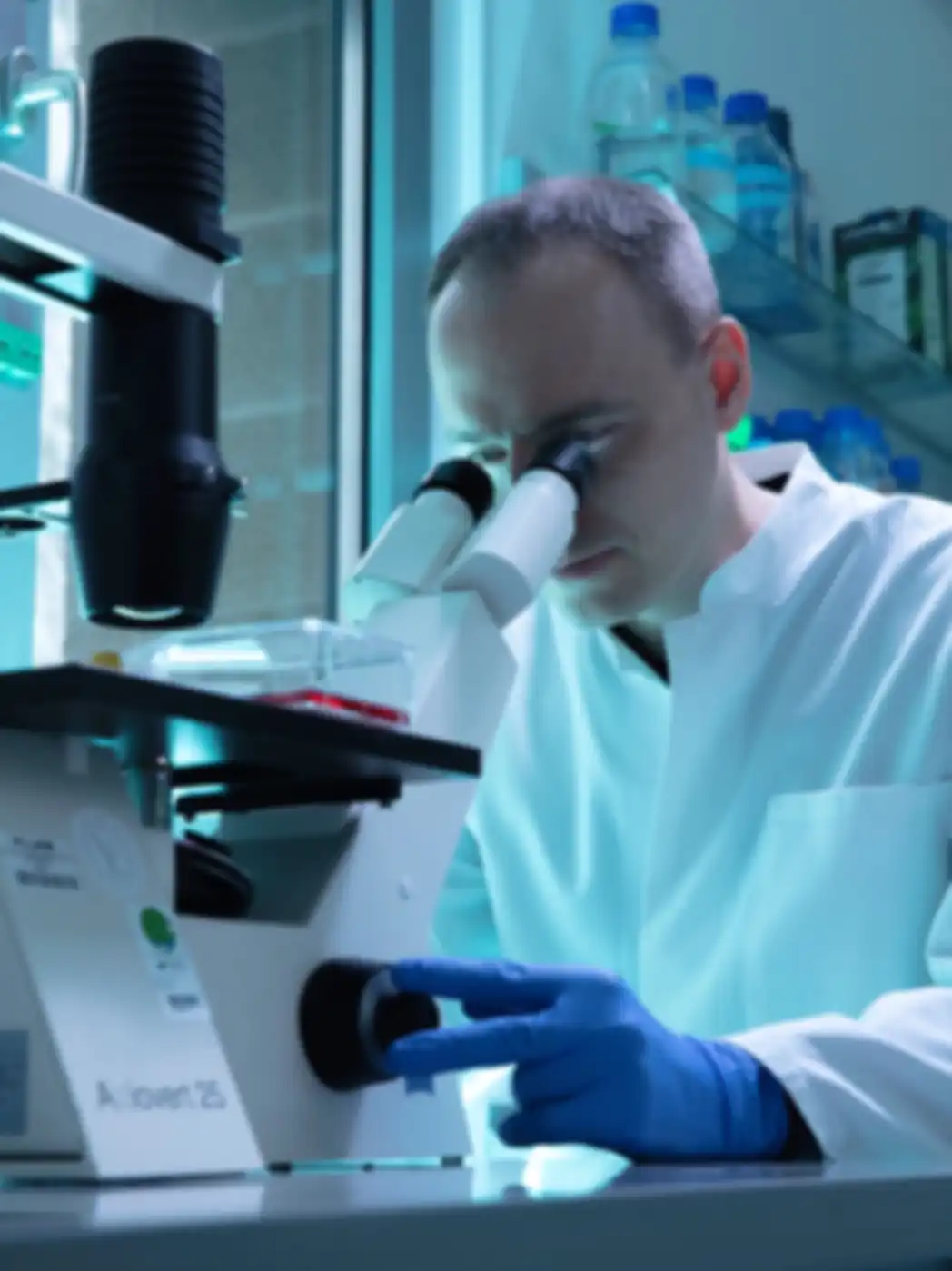
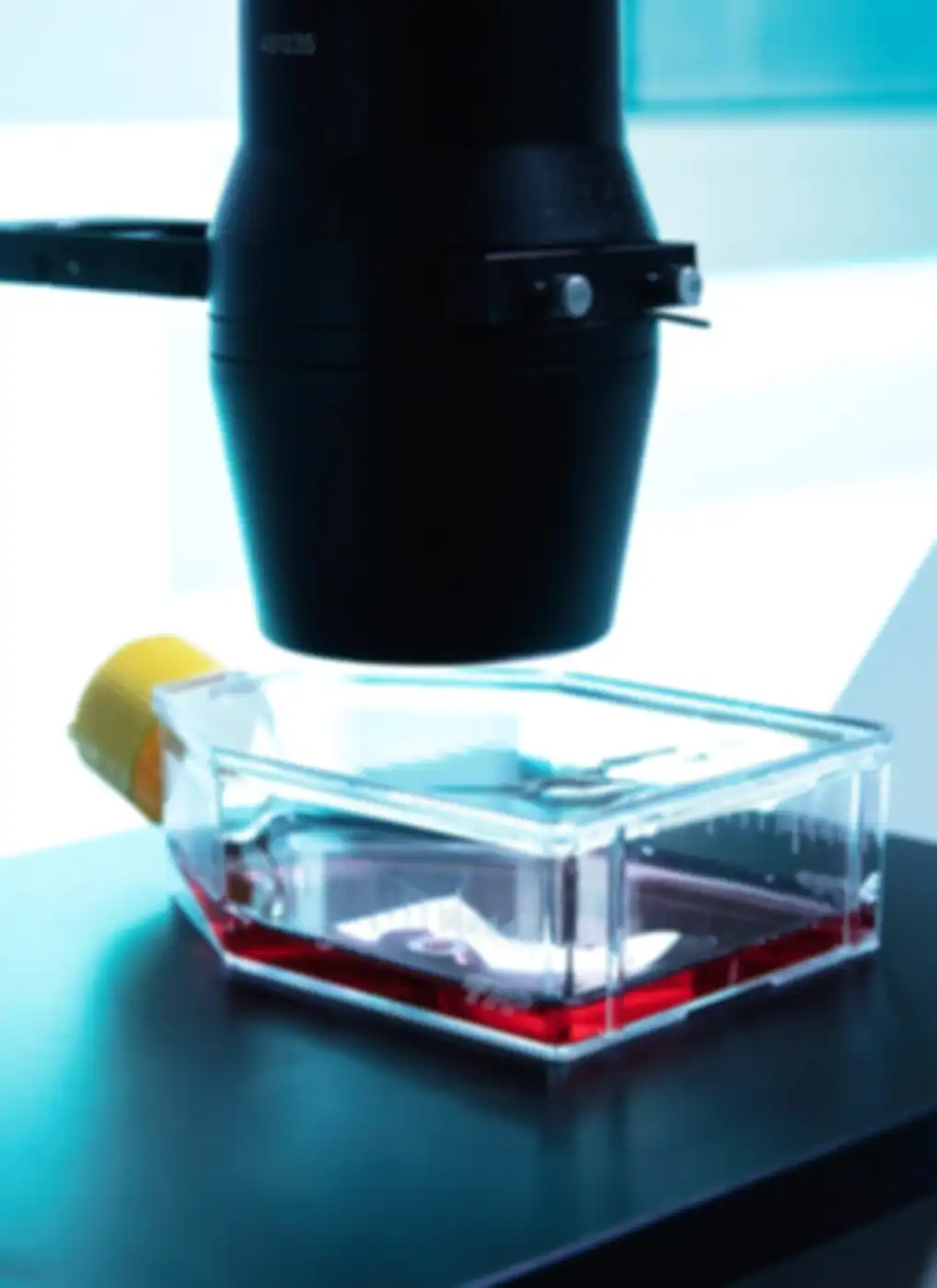
The technology was invented in 2006 and still occupies a niche. For years, the biggest issue was the incredibly costly production of DNA origami – until, during his doctorate, process engineer Kick and his colleagues at the Dietz Institute were able to find a solution, reducing costs by a factor of 1,000. Spurred on by the new technical possibilities, the three young postdocs have devoted themselves since 2018 to the question of how to best apply their collected findings. From the beginning, they intended to start a company to get their research out into the world.
At that time, everyone was still claiming that the concept would not work. But we believed in it and pushed ahead with our research on LOGIBODies with government funding,
recalls Benjamin Kick, now Chief Operating Officer at the company. And in vivo studies proved the three scientists right. What is more, since the end of 2021, the research has also sparked SPRIND’s interest in the risky idea. In May 2022, the validation process began, and in April of this year, a joint research cooperation under the umbrella of the existing SPRIND subsidiary Nanogami was developed. Since then, the team, which now numbers around 15, has moved into its own laboratories outside the Technical University of Munich.
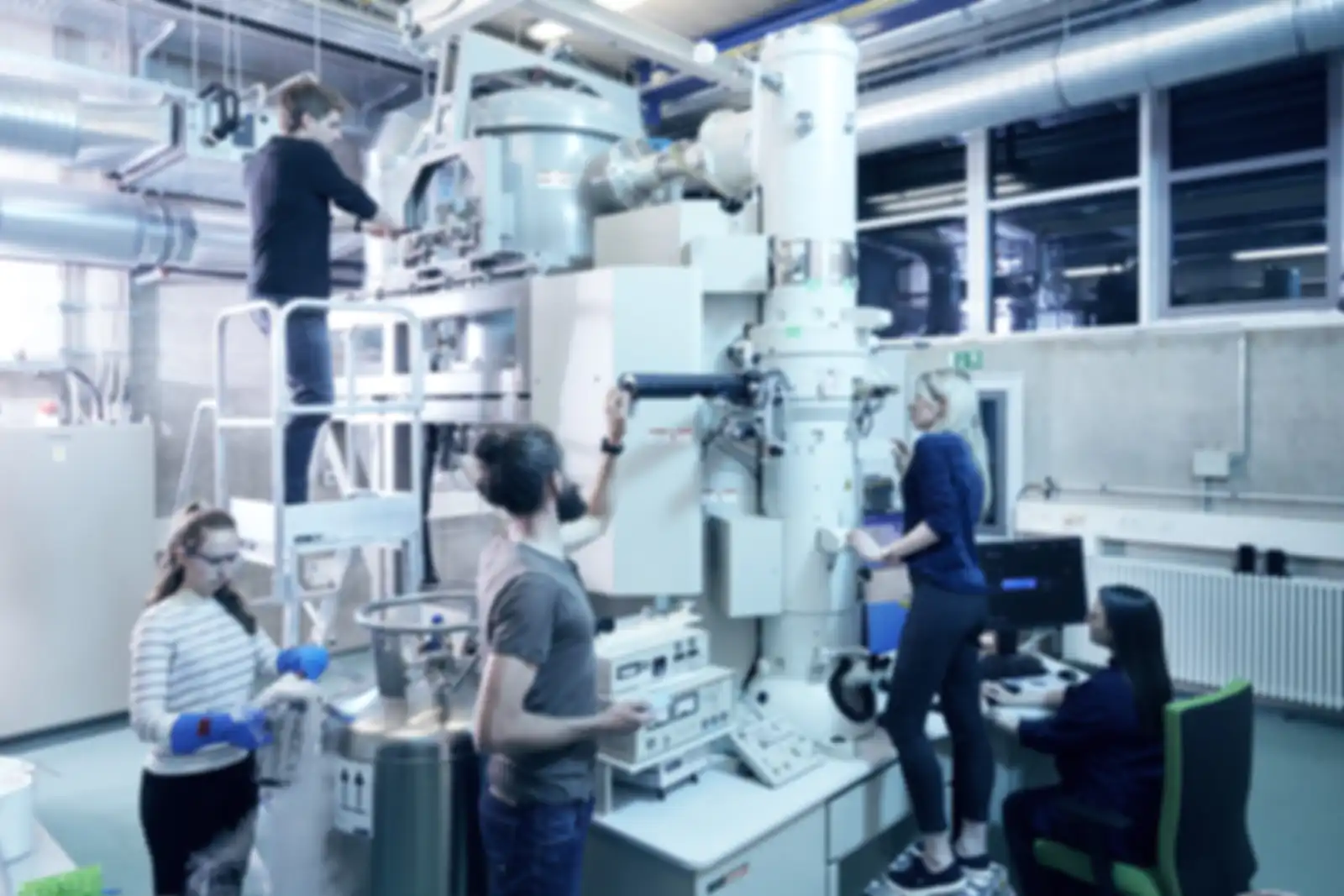
To pave the long way for clinical trials, LOGIBODies will be spending the next few years looking for a suitable lead candidate. They will work on overcoming regulatory hurdles and drawing up pharmaceutical production accordingly. To start, we are primarily focusing on using this technology to treat blood cancer. It is particularly important that patients tolerate the drug well,
explains Jonas Funke.
Since this is a platform technology, Plectonic is simultaneously developing it in a second strand to facilitate new indicators. A later stage goal is, for instance, the therapy of solid tumors, for which there are currently poor treatment options. We want to develop LOGIBODY to be even safer and more efficient so we can combine it with other molecules in order to test different modes of action and exploit the full potential of the technology, including in the range of autoimmune diseases, for example,
says Klaus Wagenbauer.
If we can do that with one of our tiny but complex nanorobots, it will open up a whole new world in medicine and disease therapy, becoming, in effect, the eruption behind the disruptive innovation.
THIS IS WHY WE ARE COMMITTED Because every anti-cancer drug also kills healthy cells. This means that millions of patients not only have to endure the suffering of cancer, but also of the treatment itself. We want to cure cancer directly – without side effects. Because we need drugs that only kill cancer cells and nothing else. Because in the future, we will be able to design drugs that target very specific diseases.
WHAT WE DO We give innovators all the resources they need to turn the research project into a company. Use SPRIND’s extensive network of experts to facilitate contacts with partners and inspire the best minds for the project. Determine the develop- ment steps over five years.
FIGHTING LEUKEMIA WITH NANOROBOTS The innovators use DNA to build nanorobots, which specifically seek out cancer cells in the body. And only when these are found is the body’s own superweapon deployed – our immune system. We want to finally create a cancer treatment that is not only effective but also extremely accurate. This will stop patients from having to suffer side effects during treatment.
THIS IS THE POTENTIAL WE SEE With DNA origami, we are developing a completely new class of drugs. These should not only improve, but also enable previously unavailable treatments – and thus revolutionize the healthcare system.
More about Plectonic: www.plectonic.com
